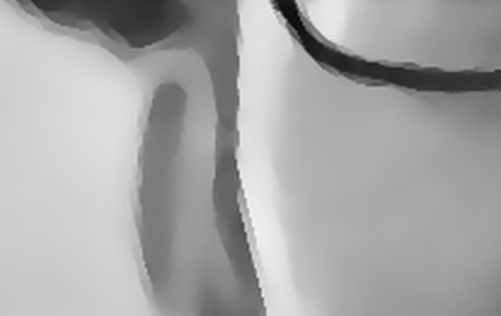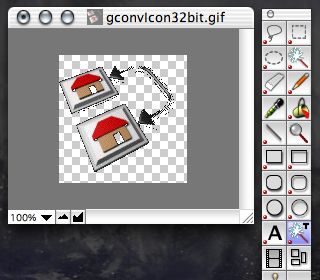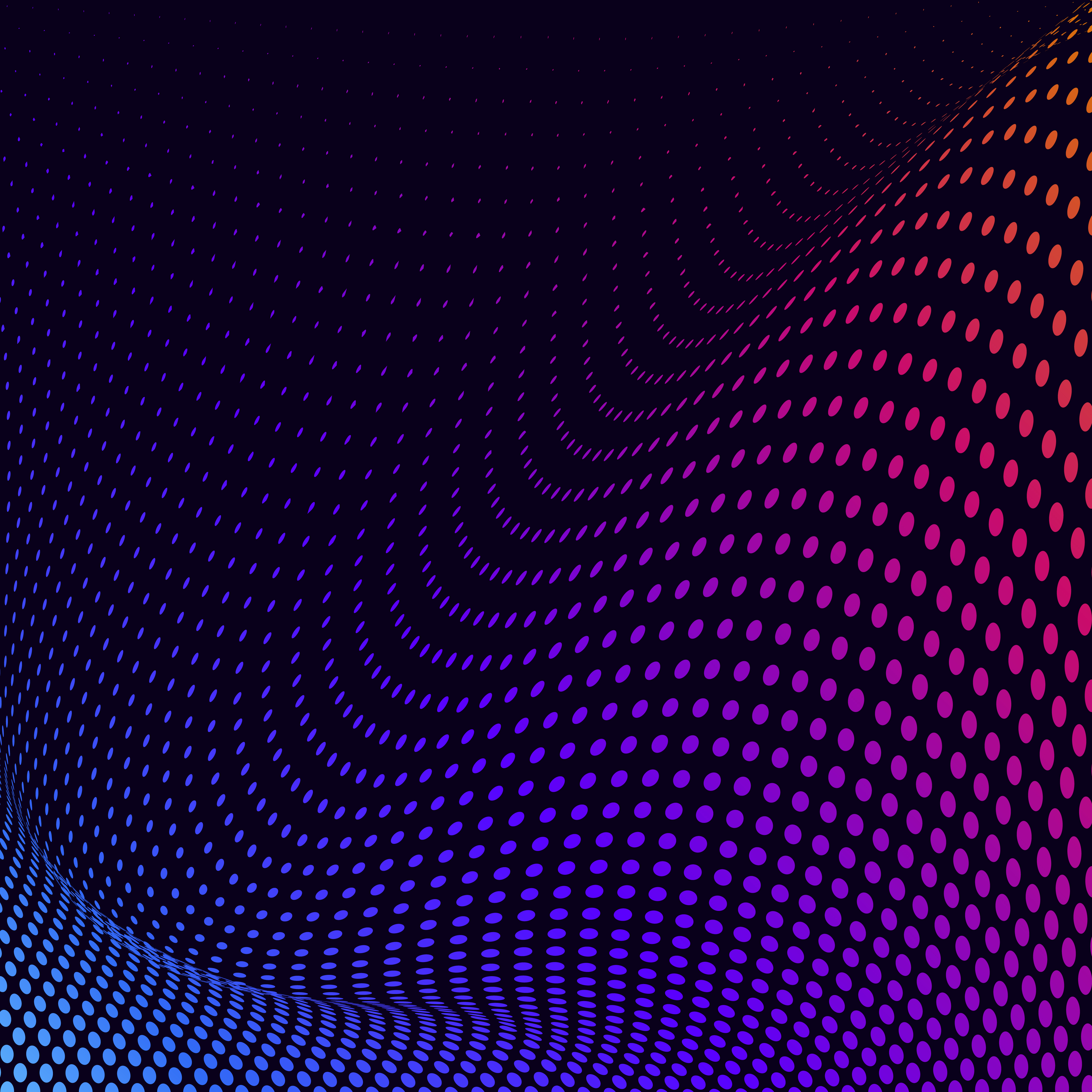
The dreaded moiré effect is caused by interference patterns Scanners can capture the halftone dots, but the resulting image usually has an unpleasant pattern, called moiré. A problem arises when you want to reuse a photograph and don't have access to the original. Our eyes blend these dots together to produce the illusion of a grayscale (or color) image with smooth gradations of tone.
#Remove halftone graphicconverter series
Any photograph must be converted to a series of dots called a halftone. As a refresher, keep in mind that for a black-and-white image, every tone you see must be reproduced using pure black ink and the white of the paper. You learned a bit about the limitations of printing photographs in newspapers, magazines, and books. Sometimes, the only existing version of a photo may be a halftoned version. However, trying to get decent photos from halftones can be a serious concern. AND STOP WAKING ME UP.We looked at removing a halftone screen, in terms of uses for blurring and sharpening. So keep this in mind when making your graphics. This moiré effect should show up in proofs but the publisher opted for inkjet Sherpa proofs, where line screen isn’t simulated. If the lines were 50% cyan, and drawn at 15°, we’d being seeing the same effect there. Watch what happens as the halftone screen moves over a 50% grey: What happens when you have a thin line and halftoning is that when the plates are made for the press, the screen door effect of the halftone alters these lines, thinning and thickening them depending on the position of the screen.

Notice the angle of black? It’s the exact same as the angle of the template graphic above.
#Remove halftone graphicconverter full
I’ll explain why.įor those of you who don’t know how press printing works, colour images are made up of halftoned plates (cyan, magenta, yellow, black) that mix thickness of dots in variation to create a full gamut of saturation and luminance:Ĭonventional haftoning is done with these angles (if they were all the same, you’d only see one colour): cyan 15°, magenta 75°, yellow 0°, black 45°. But the real problem here was the angle of the lines combined with screening. It’s just not going to line up on a web press that shifts more than you’d like it to. When you have lines this thin, it’s also a bad idea to try and mix three colours. Well, it seems, these grey lines were “special” in the euphemistic sense of “not too bright.” Whoever made them had designed these very thin lines at exactly 45° and then screened them at 50% black: When you’re given a magazine template you’re invariably given these types of elements, so you don’t think much of them, especially something as simple as some grey lines.

It was from a rep who was concerned about some graphic lines occasionally thinning in a template graphic I was using. My background is as a magazine art director, and I’ve dealt with some tricky CMYK scenarios through the years. Now that I’ve covered a lot of 3D stuff, let’s talk about some printing stuff, for those who don’t know too much about print. Let’s talk about CMYK, baby – part 1: line screen meltdowns IMFCOPY mental ray mem map convert service.


Parallels Desktop 7 and VMware Fusion 4 reviewed.Dave Girard's 101 Autodesk® Maya® Tips is now available in Kindle, interactive iPad edition and DRM-free EPUB/PDF editions.


 0 kommentar(er)
0 kommentar(er)
